
What is it with Japanese businessmen and never-ending job titles?
Mazda’s Ichiro Hirose hands me his card. He’s the Managing Executive Officer In charge of Powertrain Development, Vehicle Development, Product Planning and Cost Innovation.
In other words he’s the guy that needs to grant assent to virtually every one of Mazda’s significant major automotive decisions. Small wonder that he feels at liberty to talk.
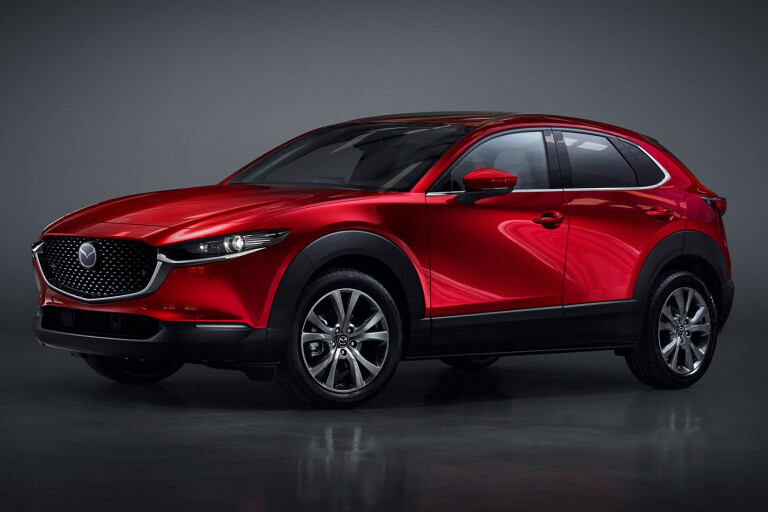
We’re at the Geneva Show, chatting to Mazda executives and, to be honest, it’s been a bit frustrating, none of the prior suits willing to step outside their narrowly defined wheelhouses.
Hirose is different. Different but requiring a little bit of time to tune into. I ask him how close the long-awaited SkyActiv-X compression ignition engine is to production.
He closes his eyes and his head bows. “Mmmmmmmmmmmm.” I’ve edited this for brevity.
It went on a lot longer. His translator’s eyes flick nervously. I wonder if he’s doing the intro to Elvis’ American Trilogy.
Then comes slow Japanese, each word carefully considered. Finally the translation.
“I would say almost all of the development work that needs to be done on SkyActiv-X is now complete and so we're now just preparing for the final final check before it's released. We're making really stringent conditions so that we can be sure of this engine. It's my really, really beautiful and precious baby,” he says.
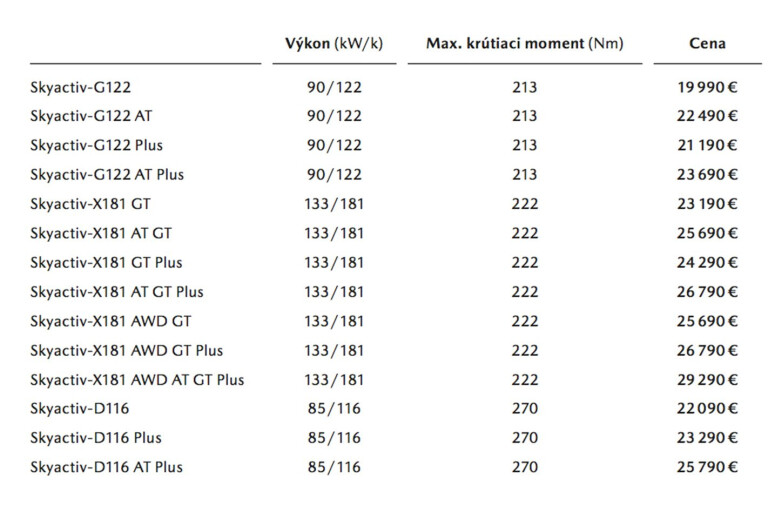
“Yes, it's met all the initial design criteria. All the targets that we had declared, we are satisfied that we have done so. Not only that, but we have also been able to achieve the targets in terms of reliability that we set ourselves, so that means it really is nearly mass-production ready as a product,” he continues. Then comes a tell.
“Previously we had said this: this is a new engine that takes the best of both worlds from the diesel and the gasoline engine. What I mean by best of both worlds is that it has the benefits of the diesel engine in terms of injection that is used to control the driving power, in that it has very good response like a diesel engine and it has the benefits of an effortless high-revving feel that you can feel in a petrol engine,” he confirms.
The thing is, the last time I spoke to Hirose (back in 2017 when a prototype Mazda3 with a SkyActiv-X was made available for us to drive in Germany), he’d said something subtly but tellingly different.
He’d stressed the 20 percent improvement in fuel economy over Skyactiv-G, claiming the best economy from a petrol engine in the world. He’d even said that the raison d’etre of this engine was improving performance without affecting economy. Now there’s no mention of economy and emissions, which strikes me as odd.
And don’t hold your breath that this engine will find its way beneath the bonnet of an MX-5 either.
“We intend to introduce SkyActiv-X in a step-wise fashion for all the new-generation products in a successive manner. I wouldn't deny the potential [of SkyActiv X in MX-5] but the MX-5 has its own thing that we need to think about in terms of what its character is. We're pursuing rigorous lightweighting of the MX-5, so what we're trying to do is lower the burden on the engine by doing so, and it's all in the pursuit of getting the oneness between the car and the driver.”
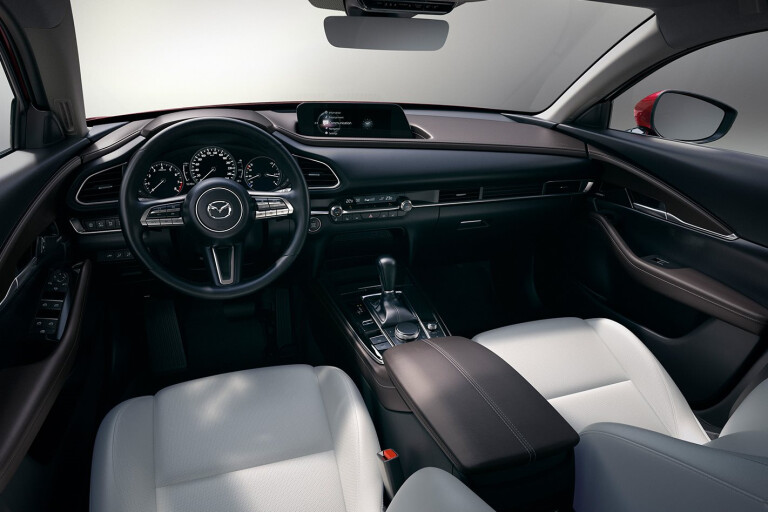
He admits that the exotic SkyActiv-X is a weightier lump than the more prosaic SkyActiv-G.
“Simply the extra air supply system is going to add weight so SkyActiv-X is inherently a heavier than the SkyActiv-G. We will reveal how much heavier soon,” he nods.
So the compression ignition engine seems to run counter to Mazda’s engine strategy for the roadster.
“Lightweighting of the engine in MX-5 we will definitely be pursuing,” he confirms.
In the shorter term, there is good news for those looking for improvements to the iconic drop-top.
“The 1.5-litre is the little brother hiding behind the back of the 2.0-litre but that's not to say development isn't being done. It is and the combustion of the 1.5-litre is also being developed and improved,” he smiles.
That’s great news. The improvements to the 2.0-litre last year transformed that engine for the better and making the 1.5 breathe better and rev more sweetly can’t happen quickly enough.
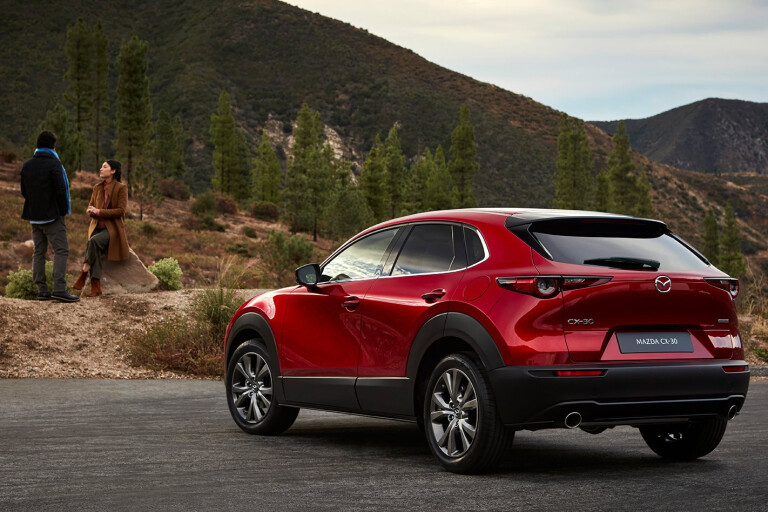
The only time Hirose seems to be deliberately cagey, listening with intent to the translation and glancing at the notes, is when he’s asked whether the SkyActiv-X four-cylinder engine could become a modular concept straight-six, for example.
“I wouldn't go so far as to call it modular,” he says by way of clarification, “but our combustion development is based on a single cylinder development so technically because we're basing all our combustion development on a single cylinder, we can chop and change displacement by increasing or decreasing the number of cylinders,” he says before lightening the moment with a piece of pure fantasy.
“I'm dreaming about the day that there is huge demand for a V12 that allows us to make it into our product line-up,” he laughs.
The tone changes when he’s asked whether the diesel downturn has affected Mazda’s plans around development of the SkyActiv-D diesel engine.
“We have not slackened our reins in terms of the development of the diesel engine. In the short term, because of the European OEMs cheating scandal there has been lots of discussion about 'diesel-bashing' and that has mainly been driven from an emotional point of view but we believe there is a way to make the cars that leverages the full benefits of diesel. We know there are customers out there who would like us to have this diesel, so there is a customer base and as testament to that, if you have a look at the R&D activities of our European manufacturer friends they have not slackened their development of the diesel,” he says, eyes flashing. He then jabs his pen with each syllable of the next statement. “We cannot lose to them.
He then outlines his logic. I don’t want to edit his words in any way because this is important and merits the requisite long-form consideration.
“What's important and why we try to improve our fuel efficiency is that the main goal has to be suppressing global warming and lowering CO2 emissions. That's the reason why we have kept introducing the diesel engines but because of the recent discussions we see that the take rate of the diesel engine has declined, but what's interesting is that the CO2 emissions have gone on an inverse proportion. We're seeing for the first time an increase in CO2 emissions in Europe.
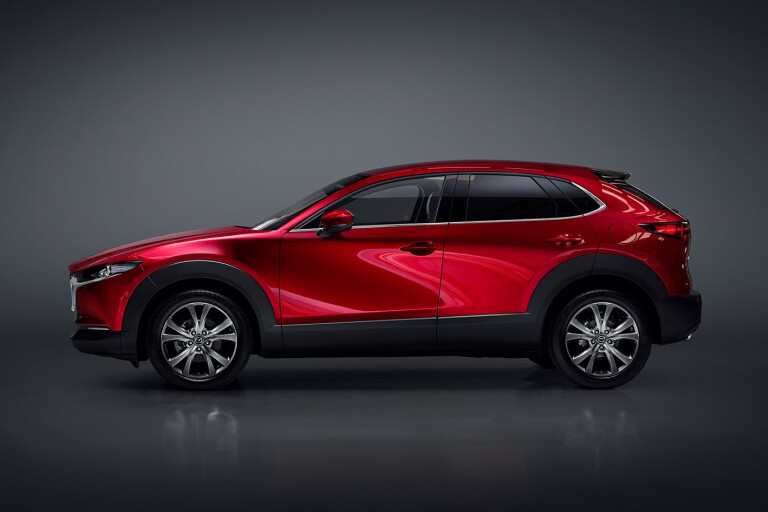
“If we have a more strict point of view of what's really happening, we believe that the real CO2 suppression comes from the well to wheel thinking if we're trying to benefit the whole world. Let's take oil refineries for example. When you refine oil, you get a certain amount of petrol and you're always going to get a constant ratio of diesel that comes out of this process. So without adding any extra energy in refining, you will always have a surplus of diesel. Now let's imagine that the diesel take rate has gone down, which means that there's even more of a surplus of diesel. To meet the extra demand for petrol, the oil companies are converting the diesel by using more energy and expending more CO2. That cannot be the most rational way to lower CO2,” he says, visibly frustrated.
“As long as there are oil refineries and as long as there's always going to be a constant ratio of diesel to gasoline being produced, it's more rational to have a coexistence of petrol and diesel for the lowering of CO2 from an overall standpoint. What I'm trying to say is that there's not only one way but we all need to be involved in the wider scope of the discussions to really lower CO2,” he says.
Understand the reasoning here and you understand Mazda. The company is based on reasoned pragmatism, sometimes to the detriment of sales. It never embraced downsized turbo petrol engines because they never made the numbers in the real world.
So while other manufacturers made hay in the short term, based on entirely fictitious economy and emissions figures, Mazda stuck to its guns, losing sales but occupying the moral high ground. Now it finds itself in a similar position, its pragmatism being drowned in a market that’s big on virtue signalling.

The same goes for Mazda’s long overdue venture into electrification. Toyota has sold petrol-electric hybrids for better than two decades. Nissan has sold a full EV for almost ten years. Mazda? Nothing.
Isn’t Hirose afraid of being a victim in a market that’s due for disruptive change? Again he's animated because by he's surely been asked this question many times and the answers haven't always satisfied a demand for rapid progress.
“We think about permeation of EVs into the market. At the moment it's an issue of driving range. Driving range has been questioned and one way of addressing that is putting more battery onto it. I'd always have to refer back to the lifecycle assessment meaning that overall CO2 emissions: what is supposedly a CO2 emission-free EV, the more battery you put on it – and this is the paradox – the more CO2 you are emitting because of the processes involved in getting the battery onto the car and the cycle after its life,” he muses.
“If you want increased driving range, let's put more battery onto the car, which means that the more battery capacity you have, the charging time is going to get longer and longer. If you are thinking of really permeating the market, which in turn means you need to have massive scale to do that, you have to consider the customers who will purchase EVs for their one and only car in the household. If that's not the case, then during the time that they're charging their car to get the full driving range that they want, then they would need a second car. The infrastructure's still not there to meet those demands. It's fragile,” he says.
“What we at Mazda are looking to do is based on really lowering CO2, and that's based on our well to wheel thinking and that considers many different factors as to how in earnest to contribute to this target. We went through many different iterations of our concepts for our EV. Having considered all these different areas, we will be able to make an announcement of the EV concept that Mazda has come up with in the latter half of this year. As our president mentioned yesterday in the press conference, we will be introducing an EV model in calendar year 2020.”
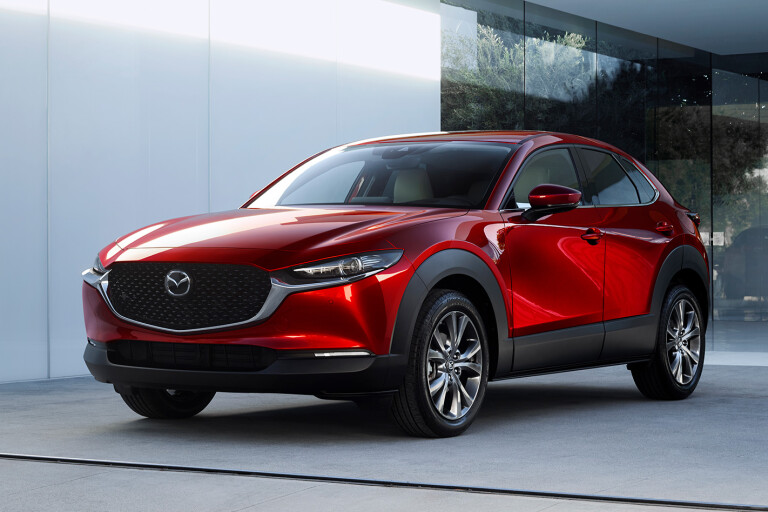
So, better late than never. Mazda’s finally taking a tentative step into a brave new world. But if you’re not prepared to give up fossil fuels just yet, the company has a lot that will appeal. The revolutionary SkyActiv-X and a refreshed 1.5-litre for the MX-5, a philosophy of lightweighting new powerplants and ongoing development of the mass-market SkyActiv-D and –G engines represent a solid base to work from.
Ichiro Hirose is banking on a customer base that respects engineering and practicality over marketing sleight of hand or gesture politics. Such conservatism now seems a bold outlier but when your job title encompasses virtually everything, one can’t help but take a more expansive view.



COMMENTS